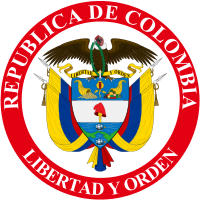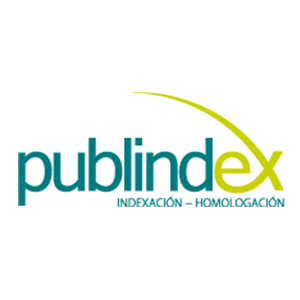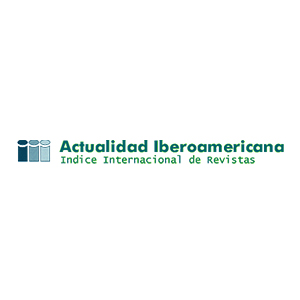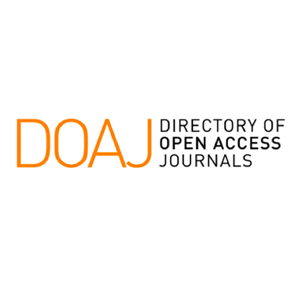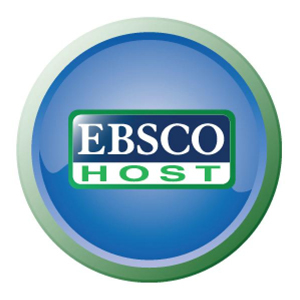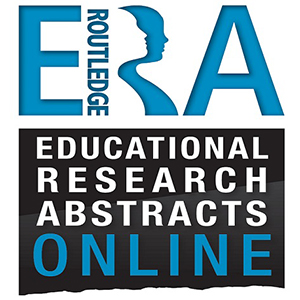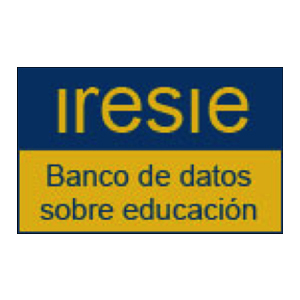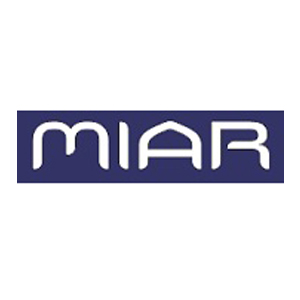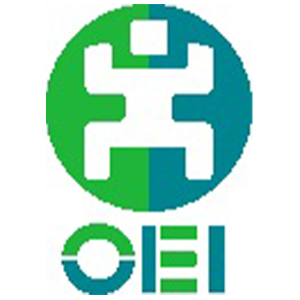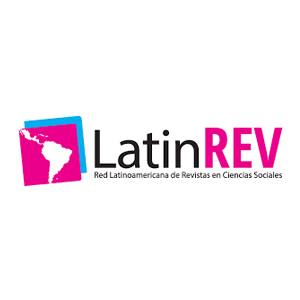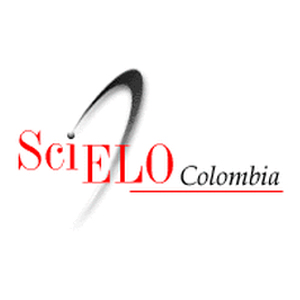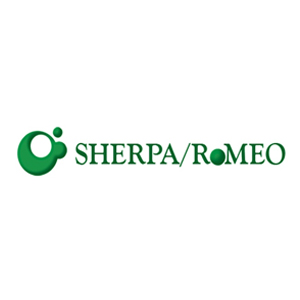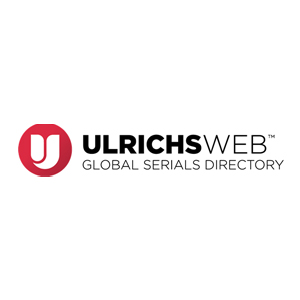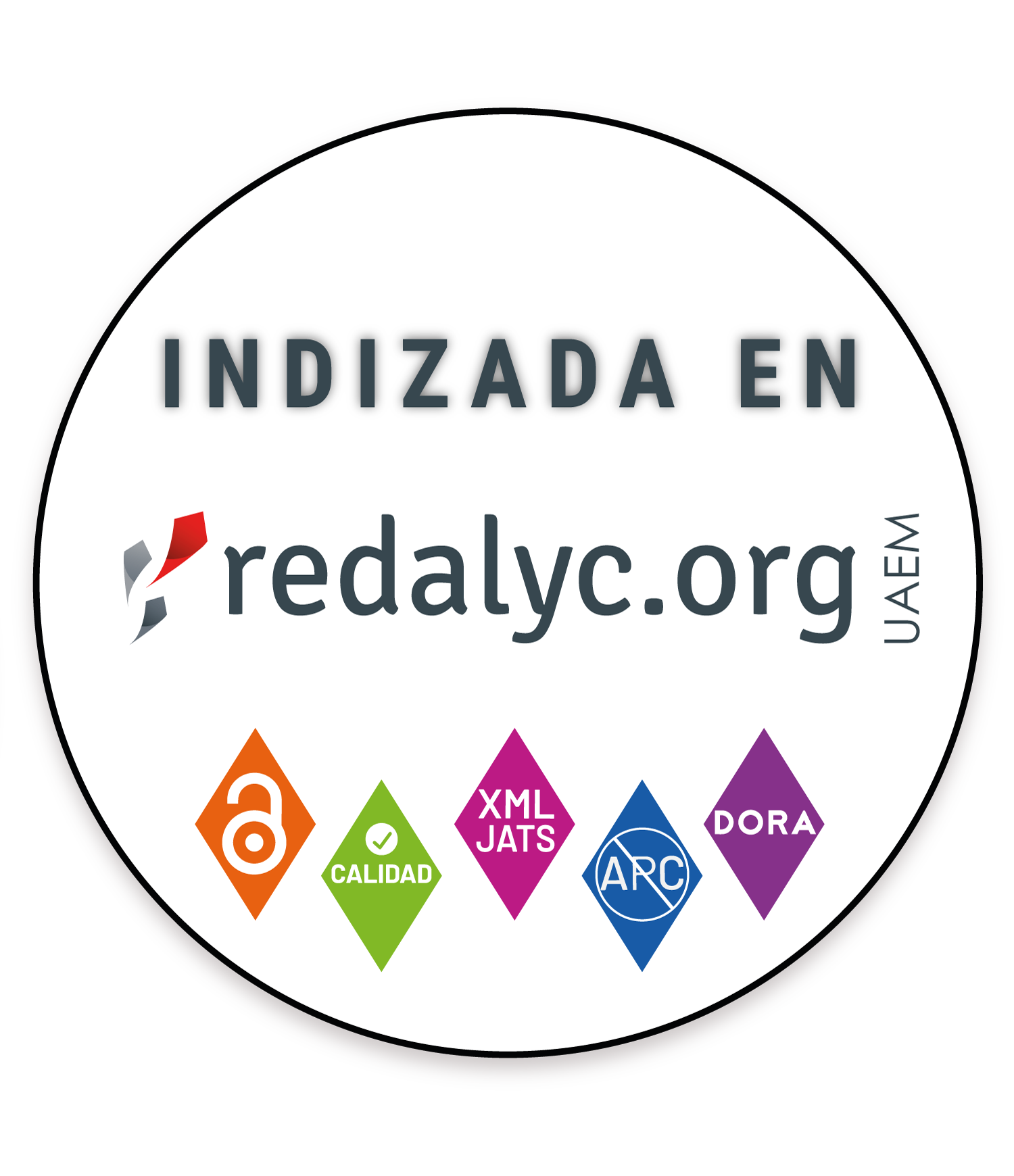USO RESPONSABLE Y SOSTENIBLE DE NANOMATERIALES EN LABORATORIOS DE ENSEÑANZA E INVESTIGACIÓN
El uso cada vez más frecuente de nanomateriales en actividades formativas y de investigación en instituciones de
educación superior y la insuficiente información sobre su potencial toxicidad, plantea la urgente necesidad de aplicar principios de precaución y buenas prácticas que garanticen un uso responsable y seguro con el ambiente y seres vivos. Este trabajo analiza aspectos relacionados con potenciales riesgos e impactos debidos a movilización de nanomateriales utilizados en trabajo académico experimental o en investigación. Se enfatiza en el papel que debe jugar el docente en la aplicación de las
recomendaciones sugeridas para el manejo adecuado de los elementos de protección y se establecen criterios sobre gestión de
desechos, ciclo de vida de productosy aspectos éticos y de responsabilidad sobre procesos y productos derivados de la utilización de nanomateriales.
Aschberger, K., Rauscher, H., Crutzen, H., Rasmussen, K., Christensen, F. M., Sokull-klüttgen, B., & Stamm, H. (2014).
Considerations on information needs for nanomaterials in consumer products consumer products in the EU (Issue
April). https://doi.org/10.2788/3044
Balas, F., Arruebo, M., Urrutia, J., & Santamaría, J. (2010). Reported nanosafety practices in research laboratories
worldwide. Nature Nanotechnology, 5(2), 93–96. https://doi.org/10.1038/nnano.2010.1
Borm, P. J. A., Robbins, D., Haubold, S., Kuhlbusch, T., Fissan, H., Donaldson, K., Schins, R., Stone, V., Kreyling, W.,
Lademann, J., Krutmann, J., Warheit, D. B., & Oberdorster, E. (2006). The potential risks of nanomaterials: A review
carried out for ECETOC. In Particle and Fibre Toxicology (Vol. 3). https://doi.org/10.1186/1743-8977-3-11
Camacho, Á., Duarte, Á., Dubay, D., Forero, E., González, E., Jaramillo, F., Maldonado, C., Montoya, J., Obregon, N.,
Osma, J., Sierra, C., & Urquijo, W. (2016). Definición de nanomateriales para a Colombia. Revista Colombiana de
Quimica, 45(1), 15–20. https://doi.org/10.15446/rev.colomb.quim.v45n1.58955
Casals, E., González, E., & Puntes, V. (2012). Reactivity of inorganic nanoparticles in biological environments: insights into
nanotoxicity mechanisms. Journal of Physics D: Applied Physics. https://doi.org/10.1088/0022-3727/45/44/443001
Cózar Escalante, J. M. de. (2005). Principio de precaución y medio ambiente. Revista Española de Salud Pública, 79(2),
–144. https://doi.org/10.1590/s1135-57272005000200003
Díaz, J., Estrada, L., Acuña, Y., & González, E. (2019). The Bio-Nano Offer and its Impact on Environment, Energy,
Agriculture, and Health. Nano Science and Technology, 5, 14.
E. Gonzalez. (2015). Nanomateriales: Beneficios, Riesgos y Sostenibilidad. In La influencia de Internet, genética y
nanotecnología en la medicina y el seguro. Universidad Externado de Colombia.
ECHA. (2019). Appendix for nanoforms applicable to the Guidance on Registration and substance identification, 2019.
February.
EUR-Lex. (2000). Glossary of summaries. https://eur-lex.europa.eu/summary/glossary/precautionary_principle.html
González, E, Marrugo, J., & Martínez, V. (2015). Nanotecnología para medición y remediaciòn - Nanopartículas
magnéticas para remoción de mercurio. In El problema de contaminación por mercurio(pp. 195–197).
González, Edgar, Arbiol, J., & Puntes, V. F. (2011). Carving at the Nanoscale: Sequential Galvanic Exchange and Kirkendall
Growthat Room Temperature. Science, 334(6061), 1377–1380. https://doi.org/10.1126/science.1212822
González, Edgar, Puntes, V., & Casals, E. (2015). Nanomateriales - Nanopartículas Coloidales
Gonzalez Jiménez, E. E. (2016). Control de la superficie y el volumen en la nanoescala para la configuración y el diseño
de nanodispositivos. Revista de La Academia Colombiana de Ciencias Exactas, Físicas y Naturales, 40(157), 590.
https://doi.org/10.18257/raccefyn.398
Groso, A., Petri-Fink, A., Magrez, A., Riediker, M., & Meyer, T. (2010). Management of nanomaterials safety in research
environment. Particle and Fibre Toxicology, 7(1), 40. https://doi.org/10.1186/1743-8977-7-40
Grumezescu, A. M. (Ed). (2016). Water Purification(Academic Press (ed.); 1st ed.).
Guerra, E., Forero, E., & González, E. (2016). Good practices and responsible use of nanomaterials. Nano Science and
Technology, 4(1), 4–9.
Hillie, T., & Hlophe, M. (2007). Nanotechnology and the challenge of clean water. Nature Nanotechnology, 2(11), 663–
https://doi.org/10.1038/nnano.2007.350
Li, X., Liu, W., Sun, L., Aifantis, K. E., Yu, B., Fan, Y., Feng, Q., Cui, F., & Watari, F. (2015). Effects of physicochemical
properties of nanomaterials on their toxicity. Journal of Biomedical Materials Research - Part A, 103(7), 2499–2507.
https://doi.org/10.1002/jbm.a.35384
Lizarazo-Salcedo, C. G., González-Jiménez, E. E., Arias-Portela, C. Y., & Guarguati-Ariza, J. (2018). Nanomateriales: un
acercamiento a lo básico.
Lovestam, G., Rauscher, H., Roebben, G., Kluttgen, B. S., Gibson, N., Putaud, J.-P., & Stamm, H. (2010). Considerations
on a definition of nanomaterial for regulatory purposes. In JRC Reference Reports (Vol. 24403).
Markiewics, R. (2016). Eco-Friendly Alternative for Water Treatment from Nanotechnology. Nano Science and Technology,
, 28–34.
Mueller, N. C., Van der Bruggen, B., Keuter, V., Luis, P., Melin, T., Pronk, W., Reisewitz, R., Rickerby, D., Rios, G. M.,
Wennekes, W., & Nowack, B. (2012). Nanofiltration and nanostructured membranes-Should they be considered
nanotechnology or not? Journal of Hazardous Materials, 211–212, 275–280.
https://doi.org/10.1016/j.jhazmat.2011.10.096
Nanomaterials, N.-E. U. O. for. (2017). Organisation Overview - Nano Science & Technology Knowledge Base -.
https://nanodata.echa.europa.eu/index.php?r=actor%2Foverview
National Instiute for Occupational Safety and Health - NIOSH. (2014). Occupational exposure to carbon nanotubes and
nanofibers. Carbon Nanotubes and Nanofibers: Occupational Exposure Risks and Minimization Strategies, 1–161.
Nel, A. E., Mädler, L., Velegol, D., Xia, T., Hoek, E. M. V., Somasundaran, P., Klaessig, F., Castranova, V., & Thompson, M.
(2009). Understanding biophysicochemical interactions at the nano-bio interface. Nature Materials, 8(7), 543–557.
https://doi.org/10.1038/nmat2442
Nowack, B., Ranville, J. F., Diamond, S., Gallego-Urrea, J. A., Metcalfe, C., Rose, J., Horne, N., Koelmans, A. A., & Klaine,
S. J. (2012). Potential scenarios for nanomaterial release and subsequent alteration in the environment.
Environmental Toxicology and Chemistry, 31(1), 50–59. https://doi.org/10.1002/etc.726
Palika, A., Armanious, A., Rahimi, A., Medaglia, C., Gasbarri, M., Handschin, S., Rossi, A., Pohl, M. O., Busnadiego, I.,
Gübeli, C., Anjanappa, R. B., Bolisetty, S., Peydayesh, M., Stertz, S., Hale, B. G., Tapparel, C., Stellacci, F., &
Mezzenga, R. (2021). An antiviral trap made of protein nanofibrils and iron oxyhydroxide nanoparticles. Nature
Nanotechnology, 1–8. https://doi.org/10.1038/s41565-021-00920-5
PNUMA. (2006). Convenio de Basilea sobre el control de los movimientos transfronterizos de los desechos peligrosos y
su eliminación. Europa: Síntesis de La Legislación de La UE, 126.
http://europa.eu/legislation_summaries/environment/waste_management/l28043_es.htm
Qian, Q. Z., Boxman, A., & Chowdhry, U. (2003). Nanotechnology in the chemical industry - Opportunities and challenges.
Journal of Nanoparticle Research, 5(5–6), 567–572. https://doi.org/10.1023/B:NANO.0000006151.03088.cb
Shin, S. W., Song, I. H., & Um, S. H. (2015). Role of physicochemical properties in nanoparticle toxicity. Nanomaterials,
(3), 1351–1365. https://doi.org/10.3390/nano5031351
Statnano. (2021). Nanomaterials Database. Https://Statnano.Com/Nanomaterials. https://statnano.com/nanomaterials
Stueckle, T. A., & Roberts, J. R. (2019). Perspective on Current Alternatives in Nanotoxicology Research. Applied in Vitro
Toxicology, 5(3), 111–113. https://doi.org/10.1089/aivt.2019.29020.jrr
Wang, J., & Chen, C. (2009). Biosorbents for heavy metals removal and their future. Biotechnology Advances, 27(2), 195–
APA
ACM
ACS
ABNT
Chicago
Harvard
IEEE
MLA
Turabian
Vancouver
Descargar cita
Visitas
Descargas
Licencia

Esta obra está bajo una licencia internacional Creative Commons Atribución-NoComercial 4.0.
Todo el trabajo debe ser original e inédito. La presentación de un artículo para publicación implica que el autor ha dado su consentimiento para que el artículo se reproduzca en cualquier momento y en cualquier forma que la revista Tecné, Episteme y Didaxis: TED considere apropiada. Los artículos son responsabilidad exclusiva de los autores y no necesariamente representan la opinión de la revista, ni de su editor. La recepción de un artículo no implicará ningún compromiso de la revista Tecné, Episteme y Didaxis: TED para su publicación. Sin embargo, de ser aceptado los autores cederán sus derechos patrimoniales a la Universidad Pedagógica Nacional para los fines pertinentes de reproducción, edición, distribución, exhibición y comunicación en Colombia y fuera de este país por medios impresos, electrónicos, CD ROM, Internet o cualquier otro medio conocido o por conocer. Los asuntos legales que puedan surgir luego de la publicación de los materiales en la revista son responsabilidad total de los autores. Cualquier artículo de esta revista se puede usar y citar siempre que se haga referencia a él correctamente.

